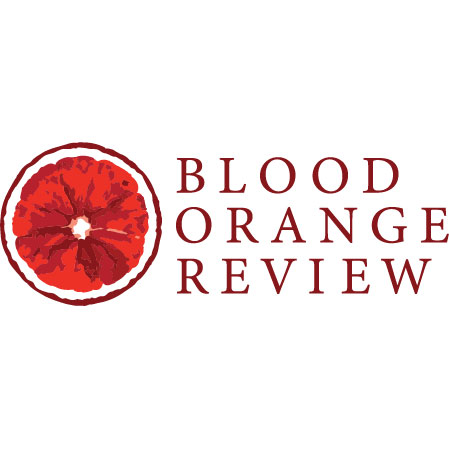Blood Orange Review – May 2017
Blood Orange Review has existed for eleven years and has continued to stick to their founding mission: “to create a home for the emerging and established writers.” The May 2017 issue gives a home to twelve writers and one interview with Rita Wong.
Blood Orange Review has existed for eleven years and has continued to stick to their founding mission: “to create a home for the emerging and established writers.” The May 2017 issue gives a home to twelve writers and one interview with Rita Wong.
Wong, author of undercurrent (Nightwood Editions, 2015) speaks to Linda Russo on her poetry collection and water, and the ways the latter influences the former. The interview is insightful and intelligent, a timely to-read conversation.
In “speak” by Chelsea Catherine, conversation is part of narrator Tiffany’s problem. During Thanksgiving, she has a difficult conversation with Rita, her brother’s girlfriend, who Tiffany is in love with. Tiffany’s signed conversations with her deaf father show their love and connection, their conversations intimate moments just the two participate in. Family ties and tensions are on the holiday menu, the interactions realistic and genuine. Catherine’s complex characters, and the ways they interact with one another, make the piece shine.
W. Scott Olsen carries us away from the complexities of life to the wide-open road in his essay “The Road to Nowhere.” Olsen’s striking photography paired with the twelve written sections take readers on a leisurely tour southward with scenic highlights along the way. Olsen brings the setting to life, allowing us to be right there with him with vivid, poetic passages.
In poetry, there’s lots to check out, and Kwame Dawes commands readers’ attention. “Down in the Valley” is accompanied by a recording of Dawes reciting. Dawes speaks solemnly, slowly, and quietly requiring listeners to lean in silently and listen hard as he recites:
[ . . . ] no one will
understand why we all wear
black, our women in black underthings,
their eyes shadowed with
regret, their bodies impatient,
their tongues sharper with resignation.
Dawes’s voice is heavy with mourning for lives lost, a tension enveloping the poem, readers “waiting for the shot / to ring out before the wife’s wail,” for more harm to be done.
While the poetry by Dawes requires readers to slow down and absorb, Vincent Hao writes in a way that demands “The Stem, Cut into Fourths” be read quickly multiple times as it jumps between thoughts in rapid succession. The speaker says, “at home i sleep on a burning bed,” and the poem reads as a kind of fever dream: something frantic with darkness clinging to the edges, patched together the way dreams are. Changes in character and setting drive this feeling home:
i dream of a red train, filled
with words. they overflow off the engine. they fall into my lap.
i wonder what it means when i catch crucifix and tongue.
you are too much, i say. no one in particular listens. i find myself
walking down a row of stores shedding yellow light. a woman stops me.
Two other poems by Hao are in this issue, the others (“Everything, Again” and “Bethlehem”) rich in imagery and just as captivating.
Elizbeth Forsythe captivated me as well, her two poems becoming my favorite pieces in the issue. The pieces work together well as a two-part series, “John” making appearances in both. In “seedling,” the speaker puts a scientific twist on the poem, sprinkling in the chemical formulas for burning wood and the names of antipsychotic medications (I admit I had to look up everything), standing at odds with the more poetic passages found in between. We read “[ . . . ] instead John & i wind some daisy chains around the / graveyard,” seamlessly leading to the next poem “John watches while I build a fireboat out of daisy stems.” Again, statements about nature and the human body glimmer with poeticism: “sand must have some percentage of bone or eyeball / John i want to tell you the word misfire / & what it does to neurons wrong little boat un-burning.” Even the way the words lie on the screen is appealing.
Blood Orange Review provides a cozy home to writers and an accessible magazine packed with strong poetry and prose for readers, with just enough variety to keep readers hooked.
[www.bloodorangereview.com]






